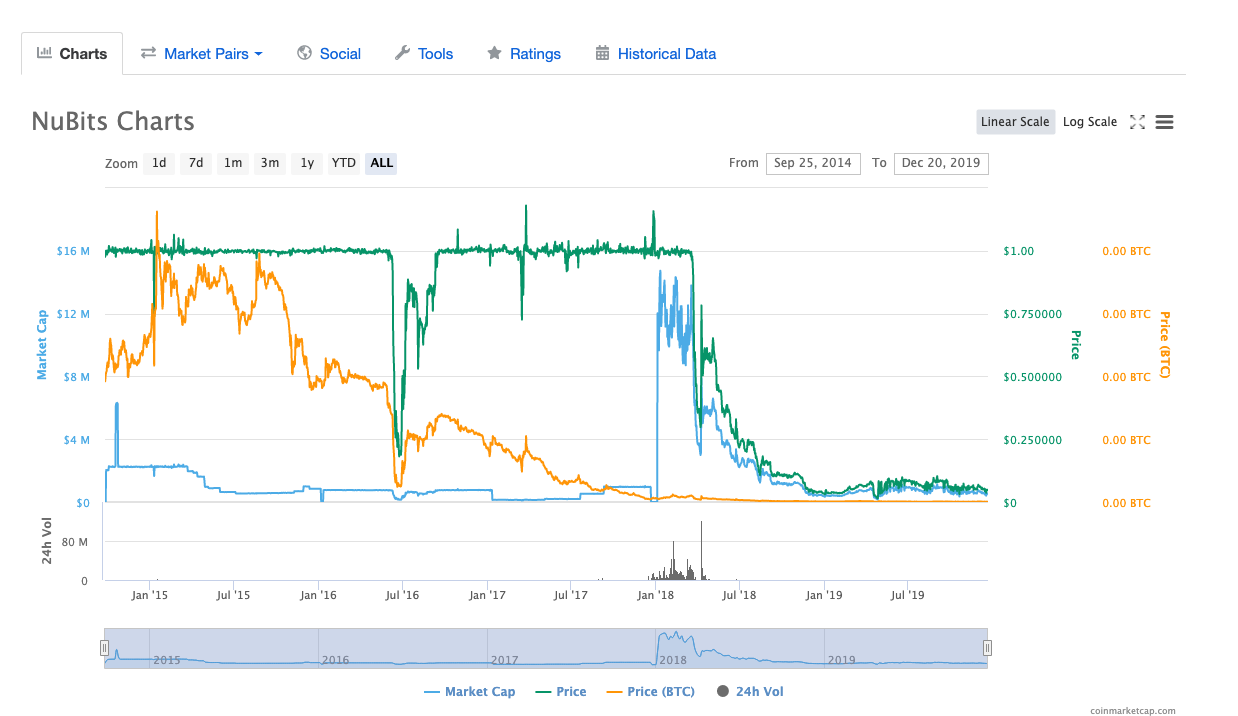STEM, or science, technology, engineering, and math has more recently become a bigger part of American children curriculums with the coining of the term in 2001 by Judith Ramaley. Over the last decade, the U.S. has seen nearly 2 million new STEM jobs – but students’ math and science scores continue to lag behind other nations. The interest in STEM really got going when in 2005, “Rising above the gathering storm” was released by the National Academies of Sciences and Engineering, and the Institute of Medicine. They argued that U.S. students were academically behind in STEM achievements – that very same year American 8th graders placed 12th in math and science skills, behind Singapore, Japan, Taiwan, South Korea, and Hong Kong. They also predicted dire economic consequences of a poorly prepared workforce – at the time, the U.S. patent office granted the majority of patents to foreign nationals and foreign companies rather than Americans. All this told the Department of Education to step up their game when it came to teaching children STEM.
In the past we have tried to make STEM bigger part of children’s education. In 2007, the America Competes Act increased funding for STEM education and research programs. In 2013, the NGSS, or Next Generation Science Standards internationally benchmarked, research based learning targets and it was developed through a wide-ranging partnership. And in 2015, the Every Student Succeeds Act, or ESSA increased federal funding for K-12 STEM, including activities, after-school activities, and field trips. ESSA also established the STEM Master Teacher Corps and added computer science as a core subject. Today’s high school graduates are some of the first to go through all of K-12 education with a focus on STEM.
Find out how STEM is changing in school and how those graduates are changing the world around them here.

The post appeared first on The Merkle






